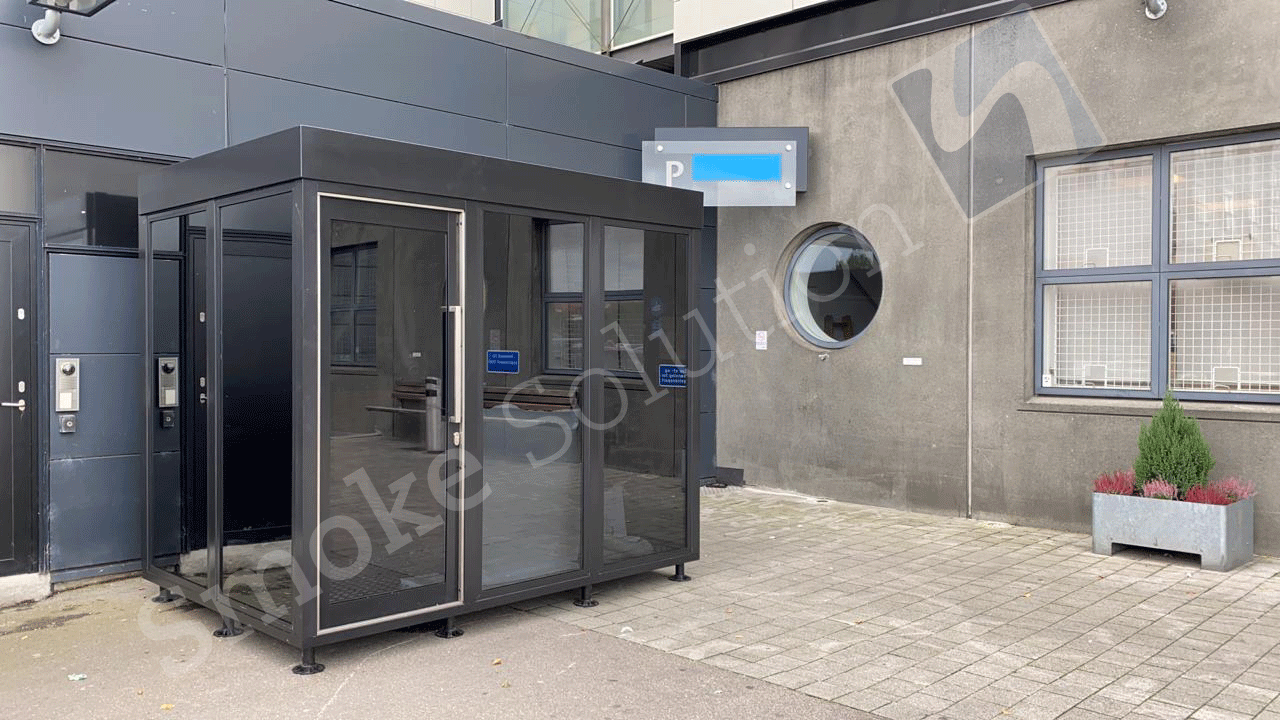The Secret to Professional Grilling: Charcoal Briquettes
When it comes to grilling, professional grillers understand the importance of choosing the right fuel source. While there are various options available, charcoal briquettes have become a staple for those who take their grilling seriously. Whether you’re grilling in your backyard or competing in a barbecue championship, charcoal briquettes offer several advantages that professional grillers swear by. Let’s delve into how charcoal briquettes play a crucial role in elevating grilling to a whole new level.
The Advantages of Using Charcoal Briquettes
- Consistent Heat and Temperature Control: One of the primary reasons professional grillers prefer charcoal briquettes is their ability to provide consistent heat. These uniform, compact briquettes offer better temperature control compared to other fuel sources, enabling grillers to execute precise cooking techniques. Whether they’re searing a steak or slow-smoking a rack of ribs, charcoal briquettes allow for optimal heat management throughout the grilling process.
- Long-Lasting Burn Time: Charcoal briquettes are known for their extended burn time, making them an ideal choice for lengthy grilling sessions. Professional grillers appreciate this attribute as it eliminates the need for frequent fuel replenishment, allowing them to focus on their craft without interruptions. With charcoal briquettes, grillers can maintain a consistent heat source for hours on end, ensuring perfectly cooked food every time.
- Enhanced Flavor Profile: One of the standout features of charcoal briquettes is the distinct smoky flavor they impart to grilled food. This flavor is a result of the charcoal’s natural composition and the controlled combustion process used in their production. The unique taste achieved with charcoal briquettes adds depth and complexity to grilled dishes, creating an experience that is difficult to replicate with other fuel sources.
- Versatility in Grilling Methods: Charcoal briquettes offer professional grillers the flexibility to employ various grilling methods. From direct grilling for quick searing to indirect grilling for slow and low cooking, charcoal briquettes adapt to different techniques effortlessly. This versatility allows grillers to experiment and achieve a wide range of flavors and textures in their culinary creations.
Tips for Professional Grilling with Charcoal Briquettes
To maximize the potential of charcoal briquettes in your grilling endeavors, consider the following tips used by professional grillers:
- Selecting High-Quality Charcoal Briquettes: Look for charcoal briquettes made from natural ingredients, free from additives or chemicals. High-quality briquettes ensure a clean burn and minimize the risk of unwanted flavors transferring to your food.
- Proper Charcoal Arrangement: Arrange the briquettes in a two-zone configuration, with hot coals on one side and a cooler area on the other. This setup allows for both direct and indirect grilling, giving you greater control over the cooking process.
- Preheating and Patience: Allow sufficient time for the charcoal briquettes to preheat before placing your food on the grill. Patience is key when working with charcoal, as it takes time for the briquettes to reach the desired temperature. Rushing this step can result in uneven cooking.
- Experiment with Smoke: Enhance the flavor of your grilled dishes by adding wood chips or chunks to the charcoal briquettes. Different wood varieties, such as hickory, mesquite, or apple, impart distinct smoky flavors to your food, allowing you to tailor the taste to your preferences.
Conclusion: Embrace Charcoal Briquettes for Professional-Grade Grilling
Charcoal briquettes are the secret weapon of professional grillers, transforming backyard cookouts into culinary masterpieces. The consistent heat, long burn time, enhanced flavor, and versatility they offer are unparalleled. By following the tips and techniques used by professionals, you can unlock the true potential of charcoal briquettes and take your grilling skills to new heights. So, whether you’re grilling for friends and family or preparing for a competitive barbecue event, embrace charcoal briquettes and let their exceptional qualities elevate your grilling game.













